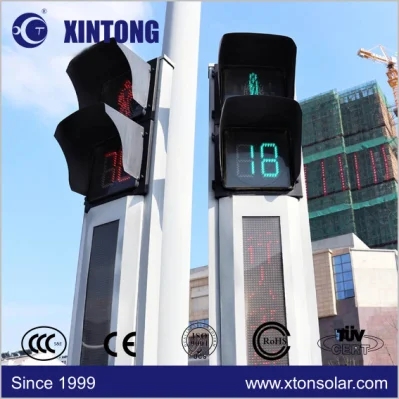Despite the repeated outbreaks of COVID-19, weak global economic recovery, and intensified geopolitical conflicts, China-EU import and export trade still achieved contrarian growth. According to data released by the General Administration of Customs recently, the EU was China’s second largest trading partner in the first eight months. The total trade value between China and the EU was 3.75 trillion yuan, a year-on-year increase of 9.5%, accounting for 13.7% of China’s total foreign trade value. Data from Eurostat shows that in the first half of the year, the trade volume of the 27 EU countries with China was 413.9 billion euros, a year-on-year increase of 28.3%. Among them, EU exports to China were 112.2 billion euros, down 0.4%; imports from China were 301.7 billion euros, up 43.3%.
According to the interviewed experts, this set of data confirms the strong complementarity and potential of China-EU economy and trade. No matter how the international situation changes, the economic and trade interests of the two sides are still closely linked. China and the EU should enhance mutual trust and communication at all levels, and further inject “stabilizers” into the security of bilateral and even global supply chains. Bilateral trade is expected to maintain growth throughout the year.
Since the beginning of this year, the economic and trade cooperation between China and the EU has shown strong resilience and vitality. “In the first half of the year, the EU’s dependence on China’s imports has increased.” Cai Tongjuan, a researcher at the Chongyang Institute for Financial Studies of Renmin University of China and deputy director of the Macro Research Department, analyzed in an interview with a reporter from the International Business Daily. The main reason is the EU conflict in Russia and Ukraine and the impact of sanctions on Russia. The operating rate of the lower manufacturing industry has declined, and it has become more dependent on imports. China, on the other hand, has withstood the test of the epidemic, and the domestic industrial chain and supply chain are relatively complete and functioning normally. In addition, the China-Europe freight train has also made up for the gaps in sea and air transportation that are easily affected by the epidemic, ensured the uninterrupted transportation between China and Europe, and made great contributions to the trade cooperation between China and Europe.
From a micro level, European companies such as BMW, Audi and Airbus continued to expand their business in China this year. A survey on the development plans of European companies in China shows that 19% of European companies in China said they have expanded the scale of their existing production operations, and 65% said they have maintained the scale of their production operations. The industry believes that this reflects the firm confidence of European companies in investing in China, the resilience of China’s economic development and the strong domestic market that still remains attractive to European multinational companies.
It is worth noting that the recent progress of the European Central Bank’s interest rate hike and downward pressure on the euro may have multiple impacts on China-EU imports and exports. “The impact of the depreciation of the euro on Sino-European trade has already appeared in July and August, and the growth rate of Sino-European trade in these two months has declined compared with the first half of the year.” Cai Tongjuan predicts that if the euro continues to depreciate, it will make “Made in China” Relatively expensive, it will have an impact on China’s export orders to the EU in the fourth quarter; at the same time, the depreciation of the euro will make “Made in Europe” relatively cheap, which will help increase China’s imports from the EU, reduce the EU’s trade deficit with China, and promote China-EU trade has become more balanced. Looking ahead, it is still the general trend for China and the EU to strengthen economic and trade cooperation.
Post time: Sep-16-2022
